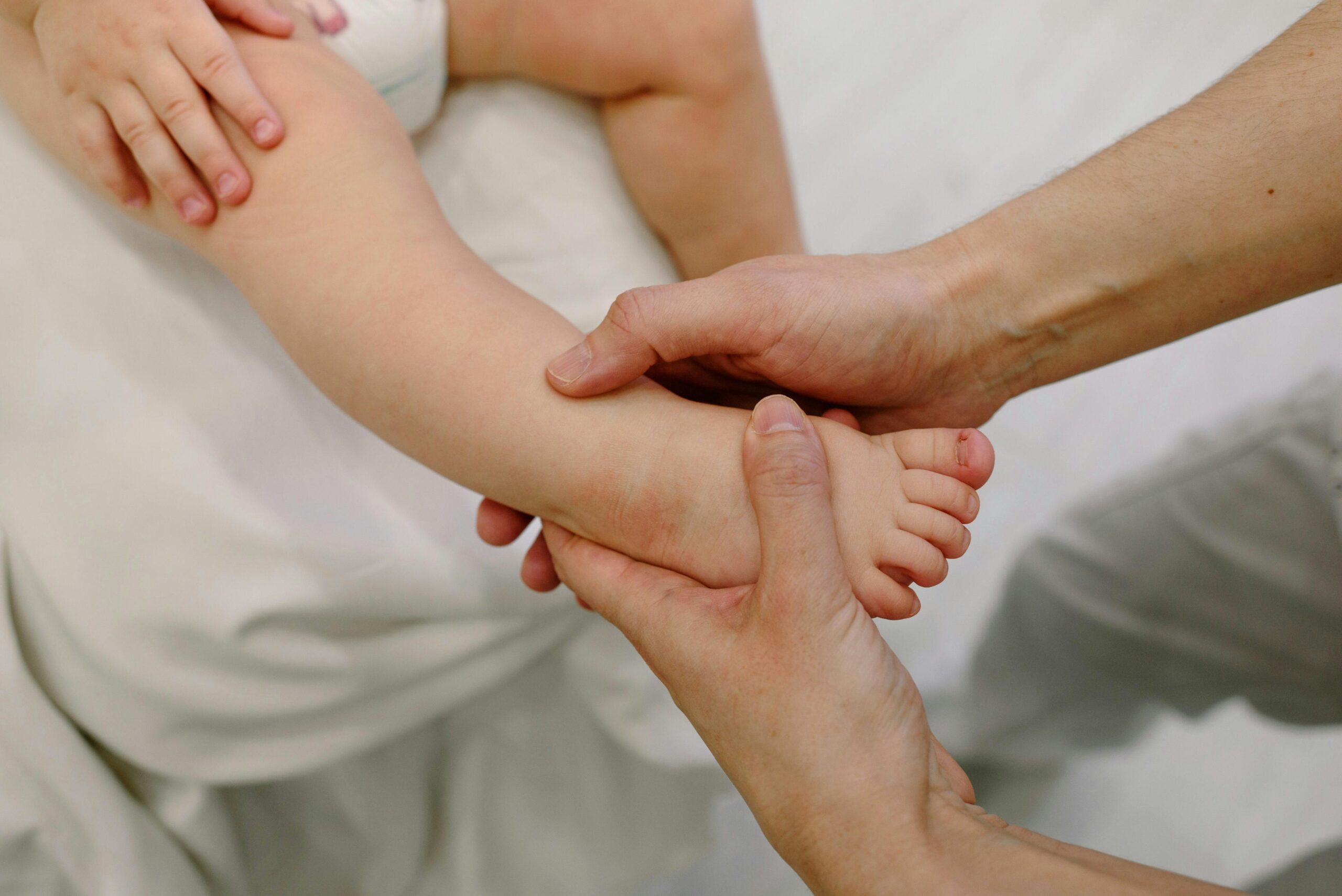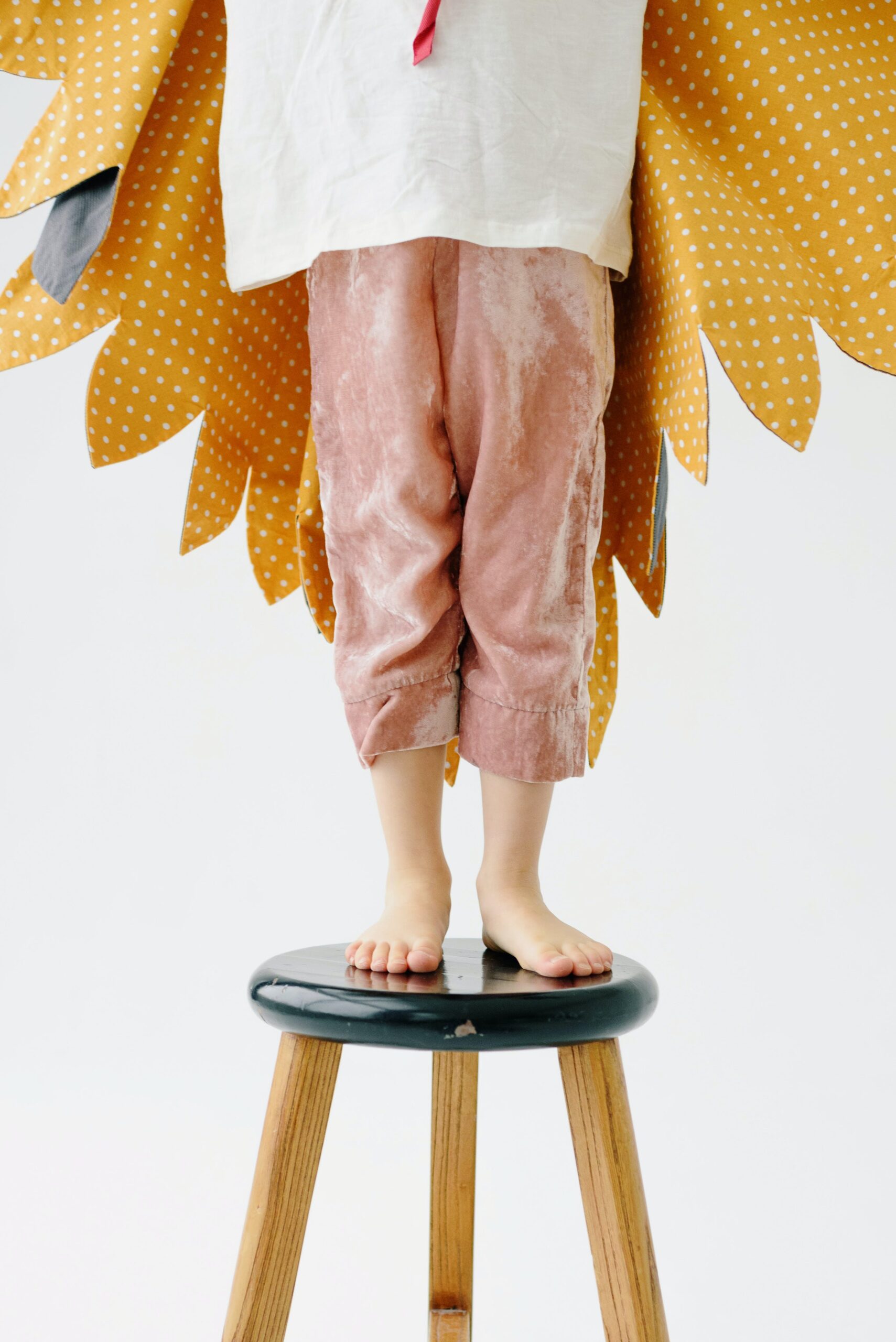As parents, we’re all too familiar with treating scraped knees and the occasional cold, but there’s one common issue that often goes unnoticed: ingrown toenails. These troublesome problems can be surprisingly painful and tricky for little feet. If your child is complaining about foot pain or showing signs of irritation, it’s essential to understand what ingrown toenails are and how to manage them effectively.
What Are Ingrown Toenails?
Ingrown toenails occur when the edge of the toenail grows into the surrounding skin, leading to redness, swelling, and discomfort. This condition is more than just a nuisance; it can make walking painful and, if left untreated, potentially lead to more serious infections (American Academy of Pediatrics, 2021).
Signs and Symptoms
Keep an eye out for these telltale signs that your child might be struggling with ingrown toenails:
- Pain or Tenderness: Your child might wince or limp when walking.
- Redness and Swelling: The skin around the toenail appears inflamed.
- Pus or Discharge: There could be a yellowish or whitish discharge indicating an infection.
Causes in Kids
Kids’ toenails can become ingrown for various reasons:
- Improper Nail Trimming: Cutting nails too short or rounding the edges can cause the toenail to grow into the skin (American Podiatric Medical Association, 2022).
- Tight Shoes: Ill-fitting footwear can exert pressure on the toenails, increasing the risk of ingrowth.
- Injury: Trauma to the toenail, such as stubbing the toe, can sometimes lead to ingrown nails.
Preventing Ingrown Toenails
Luckily, there are some simple steps you can take to reduce the likelihood of ingrown toenails in your child:
- Trim Nails Properly: Cut toenails straight across and avoid rounding the corners (National Health Service, 2023).
- Choose the Right Footwear: Ensure that shoes fit well and have enough room for your child’s toes to move freely.
- Encourage Good Hygiene: Regular washing and drying of feet help prevent infections.
When to See a Podiatrist
If your child’s ingrown toenail is causing significant pain, showing signs of infection, or if home care methods aren’t helping, it’s a good idea to visit us at Children’s Podiatry in Melbourne and Brisbane. Our podiatrist can offer treatments such as:
- Professional Nail Trimming: To alleviate discomfort and prevent further issues.
- Guidance on Footwear: To ensure your child’s shoes are supportive and properly fitted.
Conclusion
Ingrown toenails may seem like a minor issue, but they can impact your child’s comfort and mobility. By understanding the causes and symptoms, you can take preventive measures and seek appropriate care when needed. Keep those tiny toes happy and healthy with regular check-ups and proper foot care!
References
American Academy of Pediatrics. (2021). Foot health for children. Retrieved from https://www.aap.org
American Podiatric Medical Association. (2022). Common foot problems in children. Retrieved from https://www.apma.org
National Health Service. (2023). Ingrown toenails. Retrieved from https://www.nhs.uk
Hashtags
#ParentingTips #KidsFootCare #IngrownToenails #HealthyFeet #PodiatryCare #ChildHealth #FootHealth #TinyToes #HappyFeet
Feel free to reach out to our clinic if you have any concerns about your child’s foot health. We’re here to help keep those little feet feeling great!






